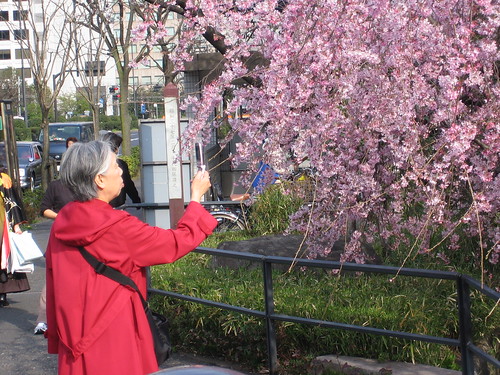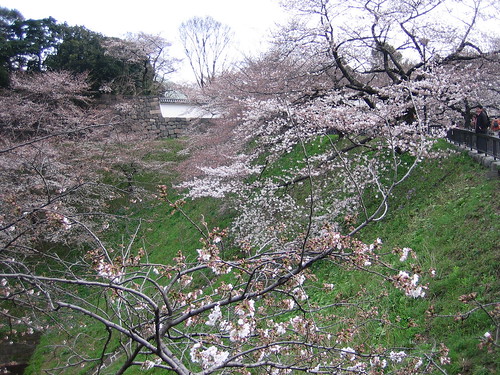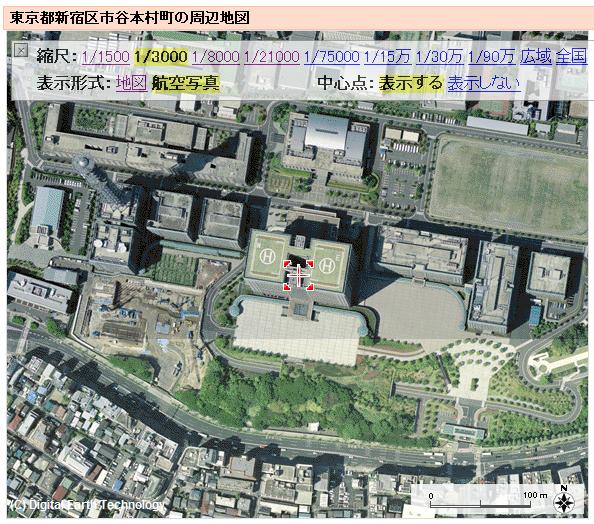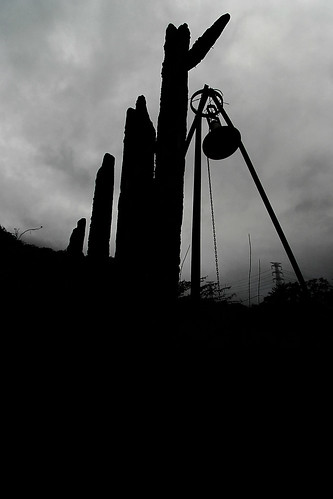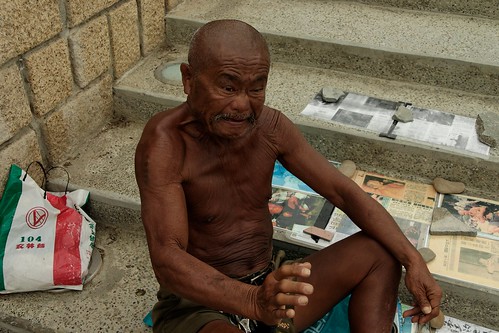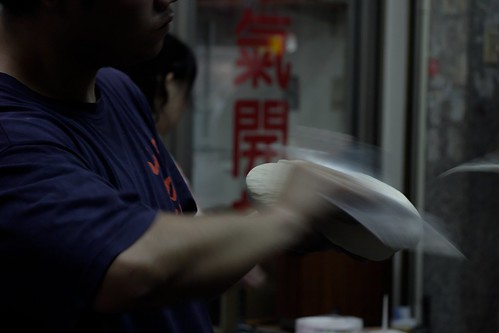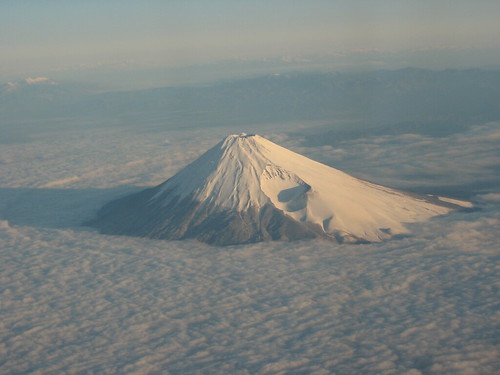Proof that federal judges understand the beauty of internet porn, courtesy of Perfect 10 v. Google, Inc., Case No. CV 04-9484 AHM (C.D. Cal. Feb. 21, 2006):
In the final analysis, P10’s use is to provide “entertainment,” both in magazines and on the internet. For some viewers, P10’s use of the photos creates or allows for an aesthetic experience.
Aesthetic indeed.
Contrary to P10’s contention, photographs of nude women can, like photographs of the American West, vary greatly.
Ride ’em, cowboy!
Both kinds of pictures can be described verbally, yet no matter how susceptible any image is to textual description, words cannot adequately substitute for thumbnails in quickly and accurately conveying the content of indexed full-size images.
Ain’t it the truth. And this has got to be the best footnote ever:
Google argues that P10’s works are not creative because P10 “emphasizes the objects of the photographs (nude women) and [P10] assumes that persons seeking Perfect 10’s photos are searching for the models and for sexual gratification.” Google contends that this “implies a factual nature of the photographs.” The Court rejects this argument. The P10 photographs consistently reflect professional, skillful, and sometimes tasteful artistry. That they are of scantily-clothed or nude women is of no consequence; such images have been popular subjects for artists since before the time of “Venus de Milo.”
I wonder if this judge is still hiring clerks?
(The practical effect of this decision might be to end or at least limit the wonderful thumbnail function on Google Image Search; for more, see this Wired article.)
